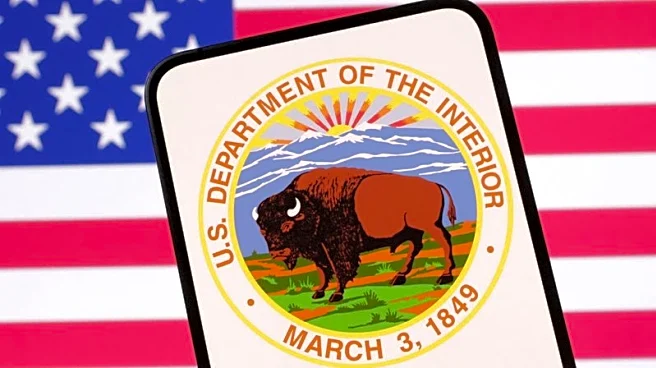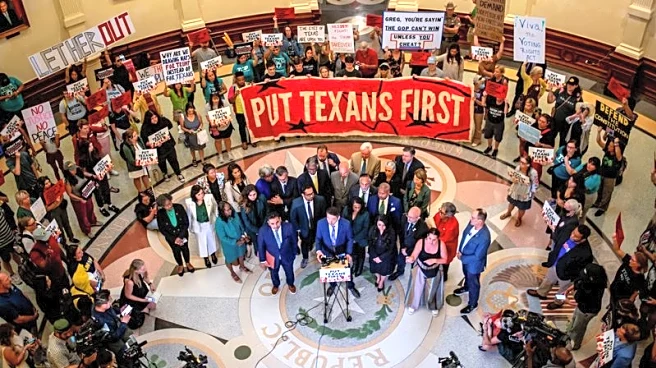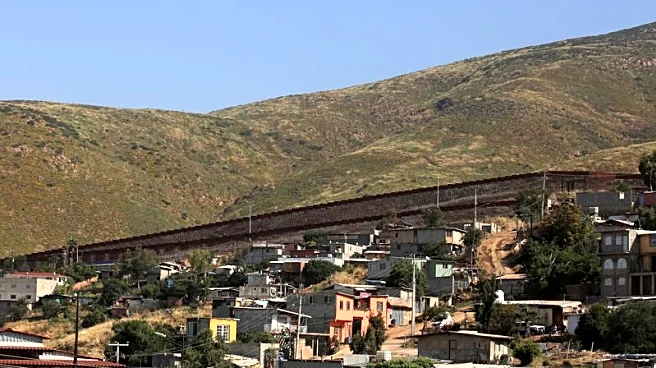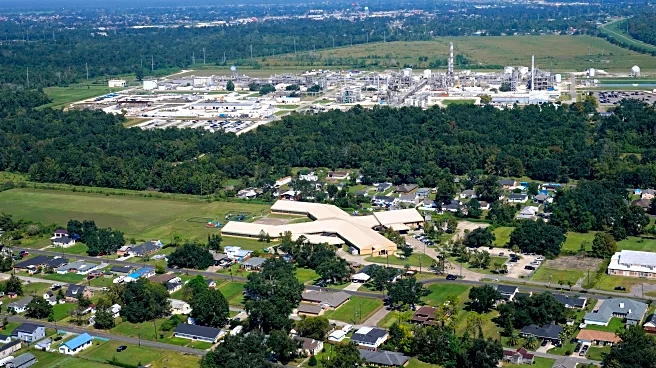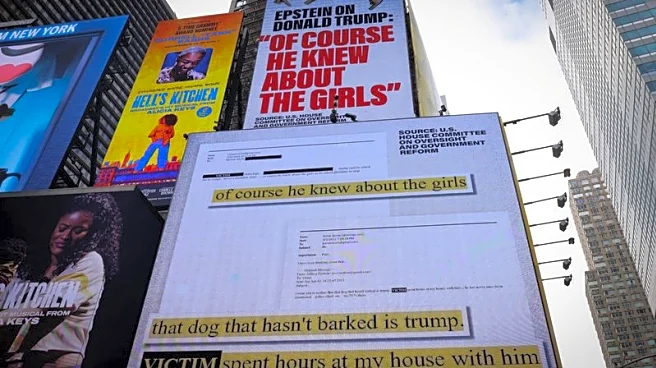What's Happening?
The Trump administration has released a draft plan to expand oil and gas drilling along America's coasts, including California, Alaska, and Florida. The plan proposes up to 34 potential offshore lease sales
across 21 of 27 existing Outer Continental Shelf planning areas, covering approximately 1.27 billion acres. This expansion has drawn immediate opposition from state leaders, lawmakers, and environmental groups. California Attorney General Rob Bonta has publicly opposed the plan, emphasizing the state's commitment to environmental stewardship. The plan is part of President Trump's executive order 'Unleashing American Energy' and aims to boost U.S. energy independence. However, it faces significant legal challenges and opposition from states and environmental organizations.
Why It's Important?
The expanded drilling plan is crucial as it represents a significant shift in U.S. energy policy, prioritizing fossil fuel extraction over environmental concerns. The plan could have substantial economic implications, potentially increasing domestic oil and gas production and creating jobs. However, it also poses risks to coastal ecosystems and communities, sparking widespread opposition from environmental groups and state governments. The plan's implementation could lead to legal battles and influence future energy policies, impacting the balance between energy development and environmental protection.
What's Next?
The Trump administration's drilling plan is expected to face legal challenges from states like California and environmental organizations. These groups are likely to file lawsuits to block the plan, citing environmental risks and the potential impact on coastal communities. The plan's progress will depend on the outcome of these legal battles and the administration's ability to navigate opposition from state leaders and lawmakers. The debate over offshore drilling could also influence future energy policies and the direction of U.S. environmental regulations.




